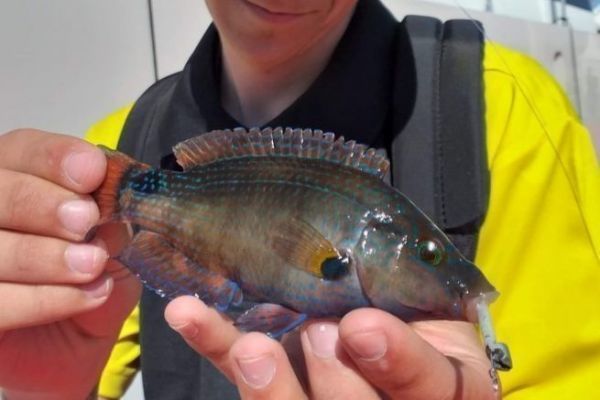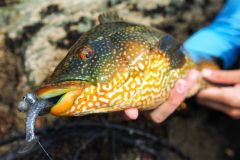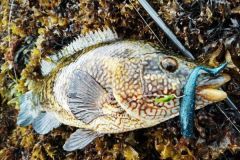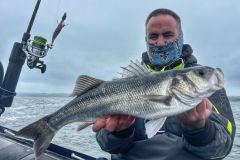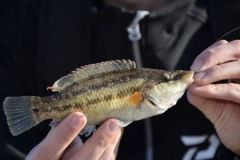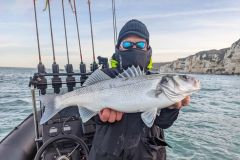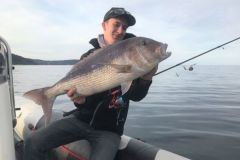The large family of wrasses
Old coquette, Mediterranean crenilabra, or rouquiers, labres belong to a family that includes many species.
Wrasse are coastal fish generally found in shallow waters, often around underwater structures such as rocks, reefs and seagrass beds. They are known for their ability to change color and pattern, enabling them to camouflage themselves effectively in their environment.
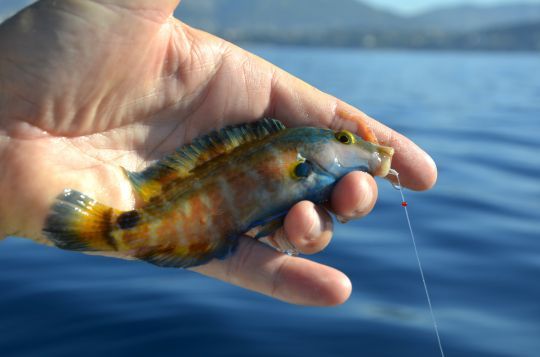
Different fishing techniques to find wrasse
Fishing for wrasse from the shore is a popular method. Using natural baits such as worms, crustaceans or small fish can be very effective. Wrasse are often attracted to live or fresh bait.
Fishing from a boat:
Fishing from a boat provides access to deeper, more remote areas where wrasse congregate. You can target wrasse using the vertical baiting technique. The bait must be presented on or near the bottom.
Rockfishing:
This technique involves using a light rod to cast and retrieve artificial lures imitating small fish or crustaceans. Very small soft lures or creatures/worms can be animated slowly on the bottom to whet the curiosity of wrasse.
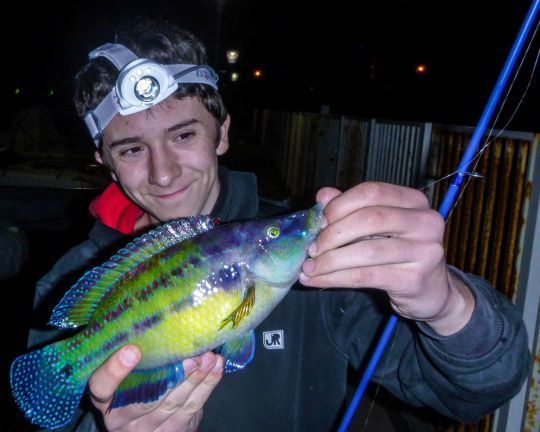
The best times to catch wrasse
Wrasse are generally active all year round, but certain periods are more favourable for catching them. In spring and summer, warmer waters stimulate the appetite of wrasse, making them more likely to bite on bait. These seasons are ideal for fishing for wrasse, as they are more active and feed more. Autumn can also be a good time, especially in regions where waters remain relatively warm. Wrasse can gather to feed before winter.
Wrasse are often most active in calm, sunny weather. Rising and falling tides can also influence their feeding behavior.
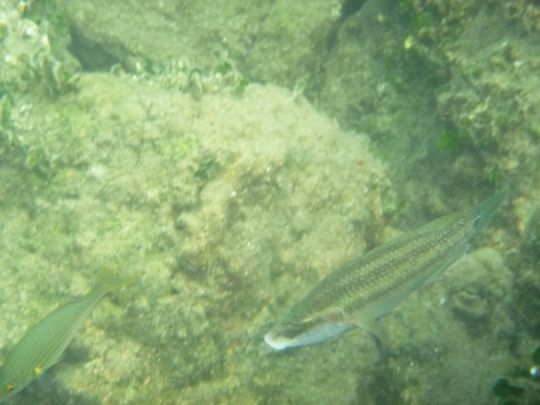
The right spots
To catch wrasse, look for underwater structures such as rocks, reefs and sea grass beds, where wrasse like to hide and feed.
Experimenting with different spots, baits and techniques can increase your chances of success. Wrasse are wary fish and can be selective, so what works one day may not work the next.
